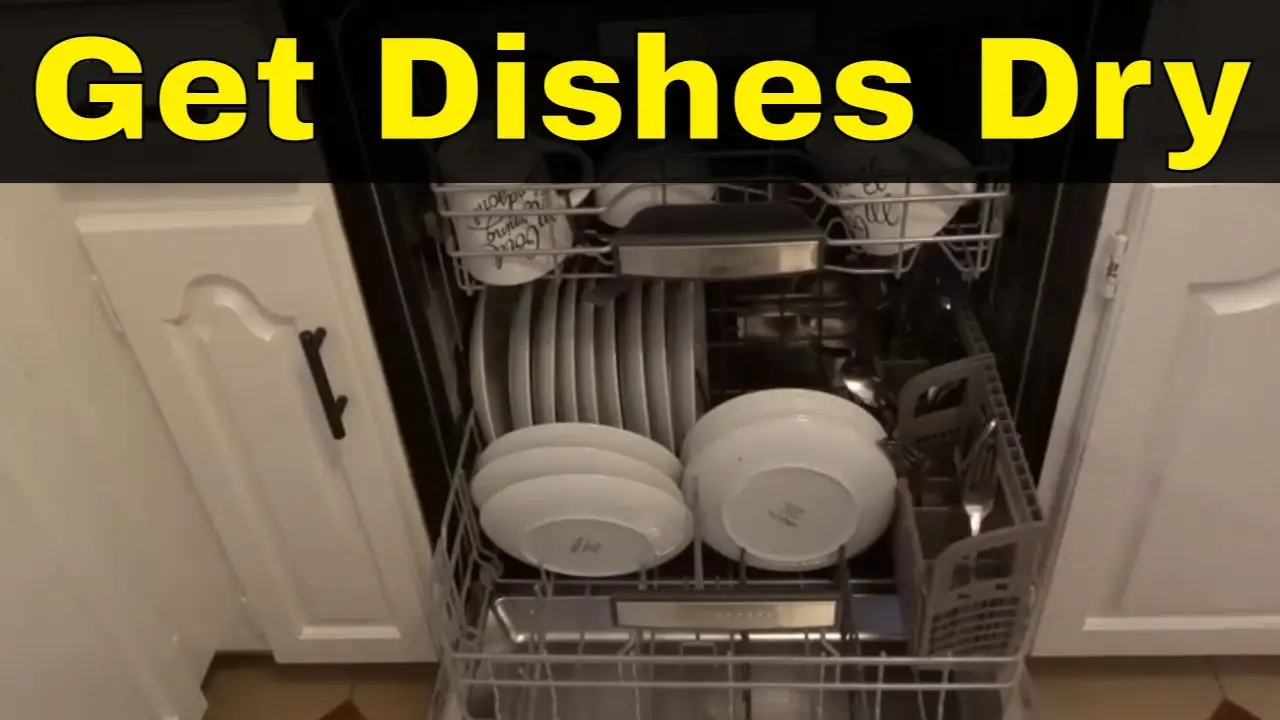How does a dishwasher dry dishes?


How does a dishwasher dry dishes?
Dishwashers have become an essential appliance in modern kitchens, making the task of cleaning dishes much more convenient and efficient. But have you ever wondered how a dishwasher is able to not only clean your dishes but also dry them? In this article, we will explore the various methods and techniques that dishwashers use to dry dishes, as well as provide some useful tips to optimize the drying process.
Condensation Drying
One of the most common methods used by dishwashers to dry dishes is condensation drying. This process takes advantage of the natural properties of water and heat to remove moisture from the dishes. Here’s how it works:
1. Rinse and wash: After the cleaning cycle, the dishwasher sprays hot water on the dishes to remove any remaining food particles and detergent.
2. Heating element: Once the rinsing is complete, the dishwasher activates a heating element located at the bottom of the appliance. This element heats up the air inside the dishwasher, raising the temperature.
3. Evaporation: As the temperature rises, the water on the dishes starts to evaporate, turning into steam. The steam then condenses on the cooler surfaces of the dishwasher, such as the stainless steel walls or the door.
4. Drainage: The condensed steam drips down from these surfaces and is drained out of the dishwasher, leaving the dishes dry.
Heated Air Drying
Another method commonly used by dishwashers is heated air drying. This technique relies on hot air to speed up the evaporation process and dry the dishes more quickly. Here’s how it works:
1. Rinse and wash: Similar to condensation drying, the dishwasher first rinses and washes the dishes to remove any food particles and detergent.
2. Heating element: After the cleaning cycle, the dishwasher activates a heating element located at the bottom of the appliance. This element heats up the air inside the dishwasher.
3. Fan circulation: Once the air is heated, a fan circulates it throughout the dishwasher, ensuring that all the dishes are exposed to the hot air.
4. Evaporation: The hot air causes the water on the dishes to evaporate more rapidly, leaving them dry.
5. Cool down: After the drying cycle is complete, the dishwasher cools down, and any remaining moisture condenses and is drained out of the appliance.
Tips for Optimal Dishwasher Drying
While dishwashers are designed to effectively dry dishes, there are a few tips and techniques you can follow to optimize the drying process:
1. Load dishes properly: Make sure to load the dishes in a way that allows for proper air circulation. Avoid overcrowding the dishwasher, as this can prevent the hot air from reaching all the dishes.
2. Use rinse aid: Rinse aid is a liquid additive that helps to reduce water spots and improve drying performance. It works by lowering the surface tension of water, allowing it to flow off the dishes more easily.
3. Select the right cycle: Some dishwashers offer different drying options, such as an extra dry or a sanitize cycle. These cycles use higher temperatures or extended drying times to ensure thorough drying. Consider using these options for items that are more difficult to dry, such as plastic containers.
4. Open the dishwasher door slightly: After the drying cycle is complete, you can open the dishwasher door slightly to allow any remaining moisture to escape. This will help to prevent condensation from forming on the dishes.
5. Empty the dishwasher promptly: Once the drying cycle is complete, it is important to empty the dishwasher promptly. Leaving the dishes inside the dishwasher for an extended period can result in moisture being trapped, leading to potential water spots or a musty smell.
In conclusion, dishwashers employ various methods and techniques to dry dishes effectively. Whether it’s through condensation drying or heated air drying, these appliances utilize heat and airflow to evaporate the water on the dishes, leaving them dry and ready to be put away. By following some simple tips and techniques, you can optimize the drying process and ensure that your dishes come out sparkling clean and dry every time.
Recent Posts
How do I create an engaging and informative online quiz or assessment?
Creating an engaging and informative online quiz or assessment can be a powerful tool for… Read More
What are the most effective methods for managing and reducing work-related stress in the hospitality industry?
Work-related stress is a common issue in the hospitality industry, where employees often face long… Read More
How can I improve my assertiveness and communication skills in a leadership position?
In a leadership position, assertiveness and effective communication skills are crucial for success. Being able… Read More
What are the key elements of a successful employee recognition and rewards program?
Employee recognition and rewards programs play a crucial role in motivating and engaging employees, as… Read More
How do I effectively manage and respond to customer feedback and reviews?
Customer feedback and online reviews play a crucial role in shaping a company's reputation and… Read More
What are the best strategies for effective time management as a stay-at-home parent?
Effective time management is crucial for stay-at-home parents who juggle multiple responsibilities on a daily… Read More